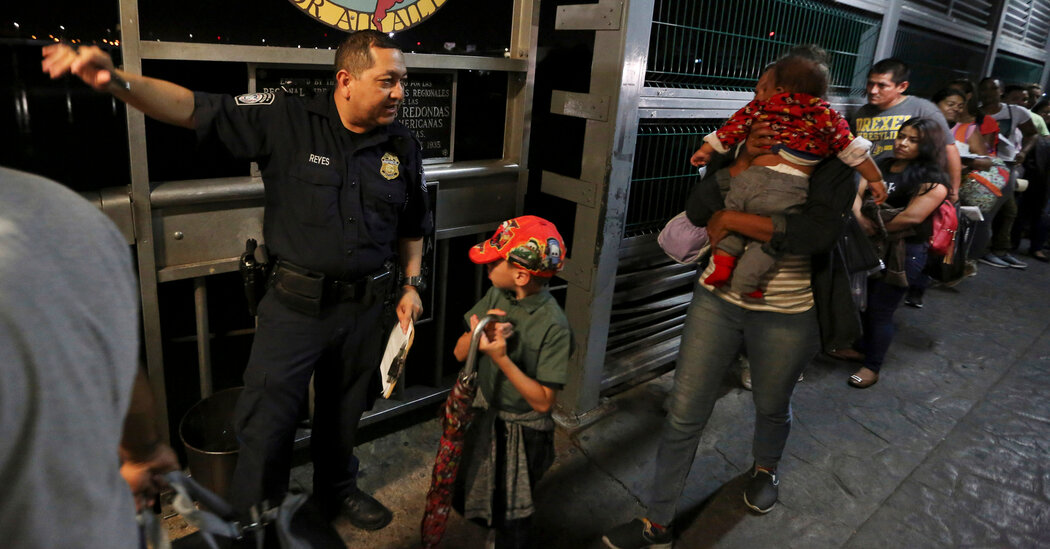
The rule, proposed in August, drew more than 5,000 public comments. Many immigration advocates raised concerns about rushing migrants through the process and denying them due process. If the migrant does not pass the credible fear interview, an immigration judge will review the case. If the migrant does not win asylum after a more substantive interview with an officer, the case will automatically be sent to an immigration judge for review, which some conservatives fear will delay deporting migrants who do not qualify for asylum.
The new asylum application system will be used for migrants placed in what is called “expedited removal,” a processing lane established in a 1996 law for undocumented migrants that gives immigration officials the authority to deport people without a hearing or a lawyer in some circumstances.
In the expedited removal process, border officials ask migrants if they are afraid to return to their own countries. Migrants who say they have a fear of returning are scheduled for a “credible fear” interview by an asylum officer.
Until now, migrants who passed the “credible fear” interview joined the thousands of others waiting for years to appear before an immigration judge and officially apply for asylum. But under the new plan, migrants who pass the initial screening will then make their case to an asylum officer, a process considered much less confrontational than going before a judge and facing government prosecutors.
Still, some immigration advocates have raised concerns about managing asylum cases through the expedited removal process, which they say has long been flawed because it allows border officials — not immigration judges — to issue removal orders in situations where a migrant does not request a credible fear interview.
“While assessing asylum eligibility through initial asylum office interviews is both more humane and efficient, this reform should not be premised on the use of the fundamentally flawed and due-process-deficient expedited removal system,” said Eleanor Acer, the senior director for refugee protection at Human Rights First.
The new rule will go into effect 60 days after it is published in the Federal Register. During that time, the administration said it would accept new comments.
For now, potential asylum seekers face an additional hurdle: a pandemic-related public health order from the Centers for Disease Control and Prevention that gives border officials the authority to expel migrants at the border, denying them the chance to ask for asylum. That will continue to be the policy for as long as the public health rule is in place, Mr. Mayorkas said recently.




